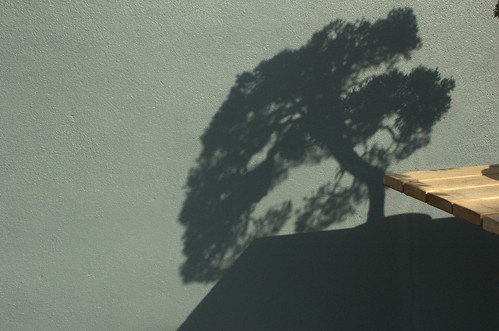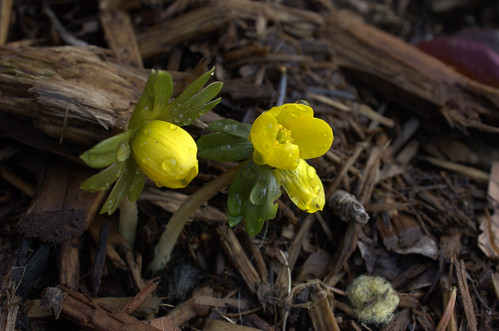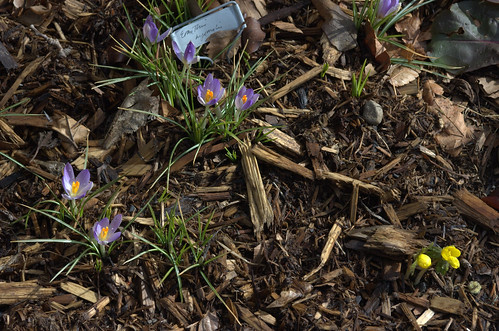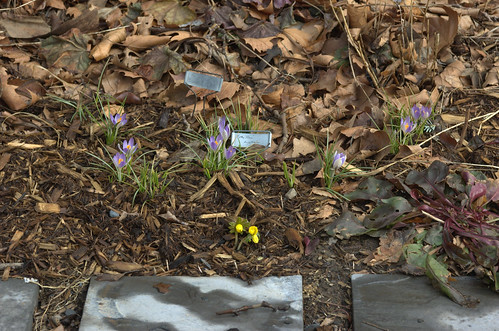Update 2010.01.03: Corrected all links to the old Gowanus Lounge domain to the new memorial domain.
Looking at charts of the visits and page views to my blog over the past month, it’s obvious that something unusual happened on February 20 and yesterday, March 1. The first chart is from SiteMeter, the second from StatCounter.
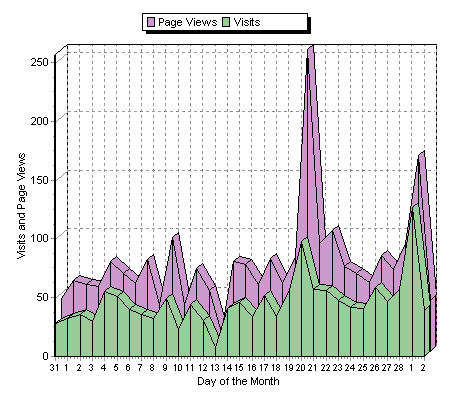

What happened? I got some link love.
I posted about the condoms on 2/16. Gowanus Lounge, another but oh-so-much-more-popular Brooklyn blog, picked up the story on 2/20, and New York Magazine added it to their Web site the same day. And yesterday, New York Magazine picked up the rabies post.
Here’s a table showing the number of visits as reported by StatCounter and Google Analytics. Site meter doesn’t give me a way to view the numbers, and I can’t find a way to capture the Flash-based Google graphics. The numbers are remarkably close, within 5% of each other, so I have some confidence in them.
| Source |
Visits, 2/20 |
Visits, 3/1 |
| StatCounter |
99 |
124 |
| Google |
94 |
123 |
I was surprised when the rabies post out-tracked the condoms post. It’s not really a fair comparison. The New York magazine item, a daily feature called Neighborhood Watch, was titled “You, With the Pet Raccoon! Time for Your Rabies Shot” and had a stock photo of a raccoon with gaping jaws. It was also on their home page for most of yesterday. Most of the hits to my blog yesterday were referrals from the New York Magazine home page.






























